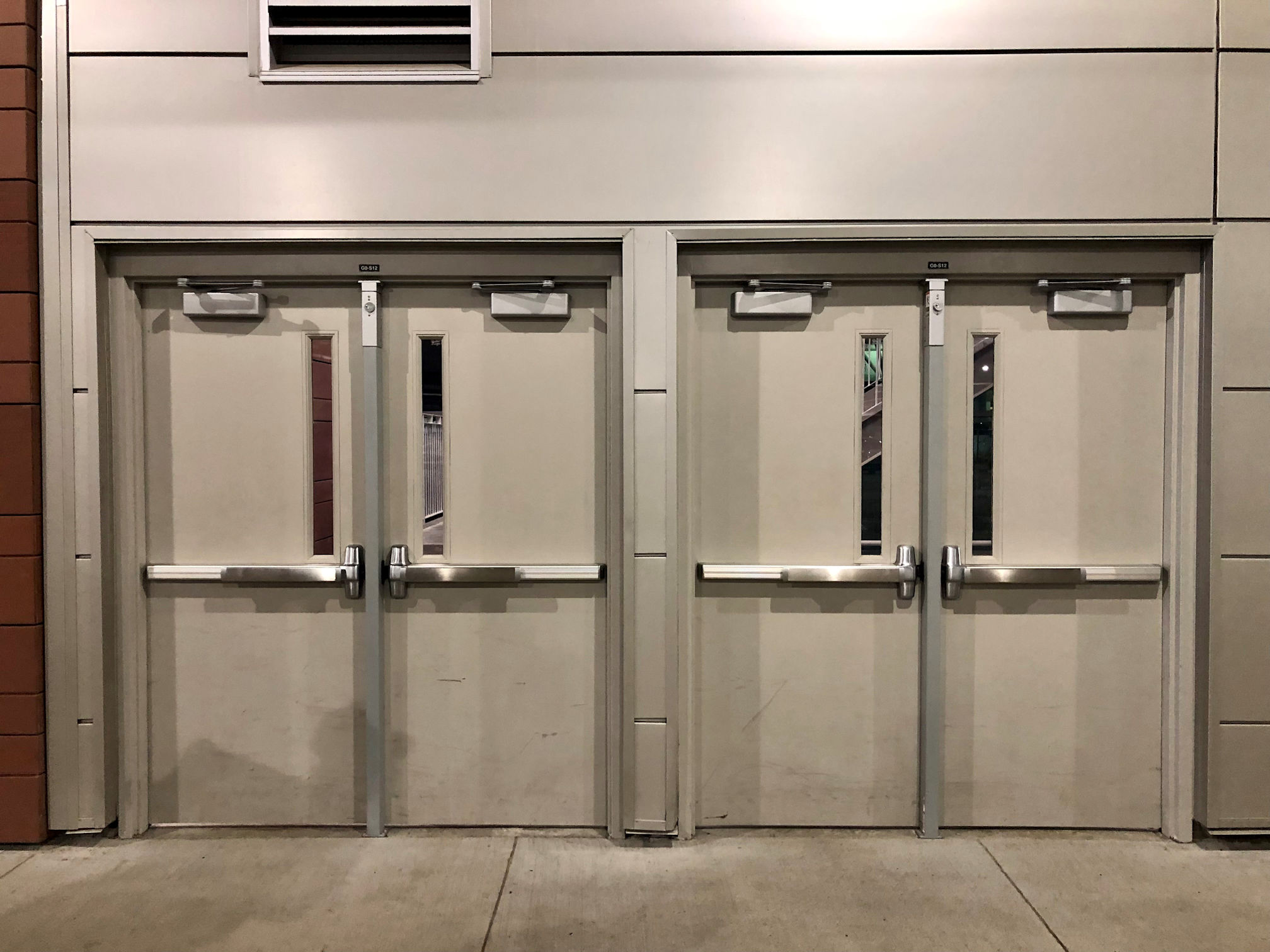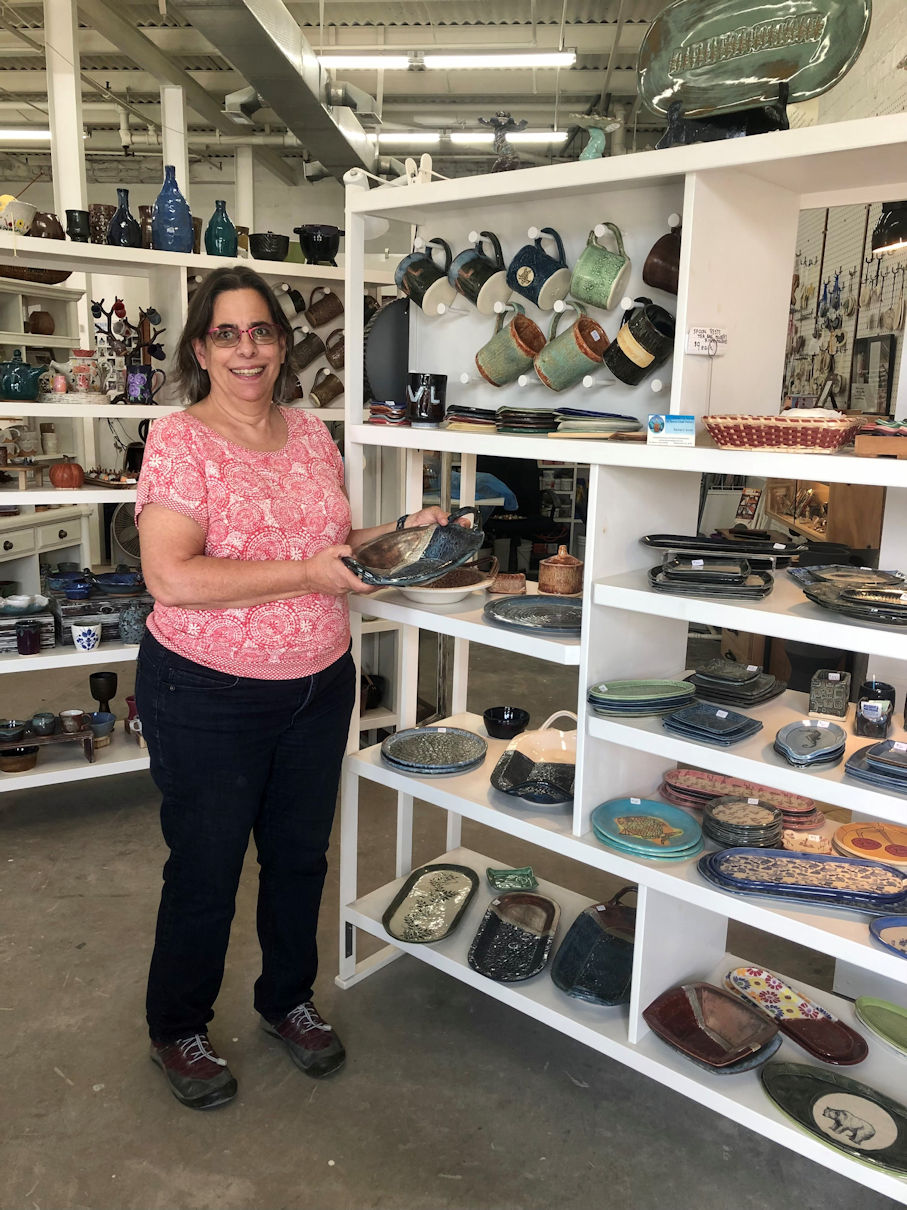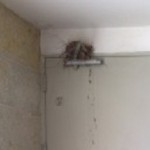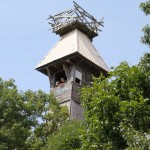Today is the second day of a 3-week work trip for me, where I will be doing a lot of training and attending two conferences. In a perfect world, I would have already written and scheduled 3 weeks worth of blog posts, but unfortunately, that’s not how I roll. I say “unfortunately” because on occasion someone asks to see my content calendar and I have to disappoint them. But to be honest, I think there’s something to be said for the random nature of my posts – you never know what you’re going to get!
I had hours of windshield time today, which gave me a lot of time to think. It has been a very long 21 months since my last business trip, and over the next 3 weeks I’ll be doing a lot of re-connecting…with BHMA members, distributors, architects, coworkers, and finally, with fellow DHI members at the DHI conNextions conference in New Orleans. As tough as it is to be on the road for so long, I’m very much looking forward to seeing people in person.
 I’ve also been thinking about a road trip of similar length that I took back in 2009 (AKA Chip Falcon’s Road Trip). iDigHardware was new at the time, and I didn’t want to leave my little band of loyal readers hanging while I took my family on our summer vacation. So I posted along the way, and the Falcon panic device in my trunk become somewhat of a celebrity. I didn’t pack any hardware this time, although I’m looking for 3 closers for a project at home so I may end up with an overweight suitcase on the way back.
I’ve also been thinking about a road trip of similar length that I took back in 2009 (AKA Chip Falcon’s Road Trip). iDigHardware was new at the time, and I didn’t want to leave my little band of loyal readers hanging while I took my family on our summer vacation. So I posted along the way, and the Falcon panic device in my trunk become somewhat of a celebrity. I didn’t pack any hardware this time, although I’m looking for 3 closers for a project at home so I may end up with an overweight suitcase on the way back.
Now that I think about it, I have not left iDigHardware behind on any road trips or family vacations – ever! Costa Rica, Morocco, Italy, Spain, Guatemala, Mexico, and all around the US…maybe Allegion should get me an iDigHardware camper van and I can drive around doing code classes! 🙂
Anyhoo…I saw these doors last night at the Nashville airport and I have a question for you. These pairs are in the rental car area of the airport, and there are several other large openings in the walls nearby (imagine a parking garage and the associated openings). Both of these pairs have keyed removable mullions. If you’re not familiar with this hardware, the vertical mullion can be removed to allow a large piece of equipment to pass through the pair of doors. The key cylinder makes it easier to remove and reinstall the mullion – the other option is to remove and replace screws.
The question is this…in the situation shown here, would you specify/supply keyed removable mullions for one pair, both pairs, or neither pair? And what’s the reason for your answer?
P.S. Speaking of reconnecting…I know some of you remember Rachel Smith, who retired from Karpen Steel. She now has a pottery studio called Reems Creek Pottery in Weaverville, North Carolina. I stopped by today to see Rachel and jump-start my holiday shopping! If you’re ever in the area, I’m sure she’d love to show you her beautiful work!
You need to login or register to bookmark/favorite this content.











Yes—as a rule I specify KRM for every double door opening regardless of the intended purpose. In the grand scheme of a large project, the cost difference is minimal, and too often I’ve seen changes in use that were never intended.
Good point, Marc!
– Lori
First off no camper van! The best rock stars go by privet Jet to a waiting tour bus with a driver. The Rock Star of codes should get no less…
I don’t care if it is 1 set or 20 sets as I have in arenas its all rim by key removable mullion unless it is a loading dock. I use KRM on doors you would never need to remove the mullion on.
If you pick one set over another some “genius” is going to remove the non keyed one because it is “a little closer to the truck” or “there was more traffic on the other door”
For the tiny price difference why risk an unsecured set because someone took or loss the screws.
Last it adds to security. If it is removed it was someone will an approved key not just some mover with a screw driver.
That’s great insight, John!
It WOULD be kinda nice to have a driver. 🙂
– Lori
I *always* recommend keyed removable mullions for all pairs of exterior doors to avoid the use of *always* problematic vertical rod devices!
Thanks Pete! Do you ever use removable mullions without the keyed feature?
– Lori
My experience is that I like the reliable operation and reduction of maintenance that two rims and a KRM provides. Far too often lack of door maintenance (especially on pairs) also leads to failed security. In potentially abusive locations this application works wonders.
Lack of door maintenance is a huge problem! We need to plan for that from the beginning, unfortunately.
– Lori
At facilities like this, you have to think long-term. That means making things easier on the facilities and maintenance folks. Think staff training, consistency, etc. If they don’t have any spare parts up front, they’ll start their own collection as things get remodeled or replaced. Every mullion on the job should be keyed removable.
Making them easy to remove is one thing. Making them quick and easy to replace? Priceless.
That makes a lot of sense!
– Lori
Always KRM. Another benefit is with the addition of wall mounted brackets, the KRM can be stored while removed.
I used standard mullions in the past, but have been converted to KRMs as the better option. Minor cost difference and far easier on the end user to remove, not to mention I have had to find screws after they were set in a safe place.
Both passageways need a center mullion or the rim exit devices wont have any strike plate to lock to. As far as removability, if the traffic for oversized objects is large, then they both need to be removable. If there is only a small amount of oversized traffic then one is enough,
Even better convenience is to put a thumbturn cylinder in place of the keyed cylinder. As others have pointed out, the screws get lost on a non-keyed one.
We would do both only because we use keyed removable mullions everywhere.
Hi John!
That seems to be the consensus from an end-user standpoint! 🙂
– Lori
Architect’s, in general dislike (and probably shouldn’t) writing hardware specifications. Much easier to write one hardware group instead of two and to have to explain why the sets are different!
If the doors have the same corridor on the other side I would do 1 KRM and 1 RM as a cost savings to the users. If they are separate corridors or rooms, I would use KRM in both.
ps….great picture. Love the beat up bottoms of the doors, proof positive that kickplates are needed even on hollow metal doors.
I also specify a solid threshold. Less maintenance after pallets of paper and man lifts go through after a few years!
As a former facility director, I prefer KRM as less wear & tear from repeated removals. Also, it keeps the facility uniform and is easier to keep track of which door has what hardware and them not being switched out to the incorrect location.
As an AHJ, for similar reasons, configuration control helps my clients stay on top of possible location errors and minimizes nuisance missing / stripped screws.
Great feedback, Rick – thanks!
– Lori